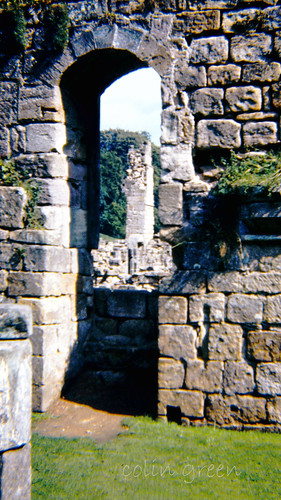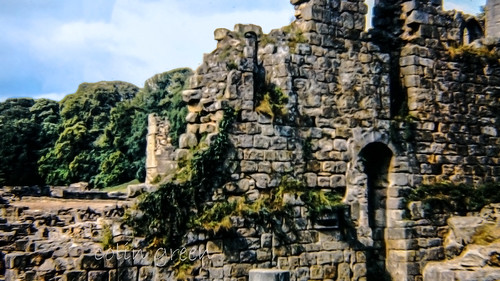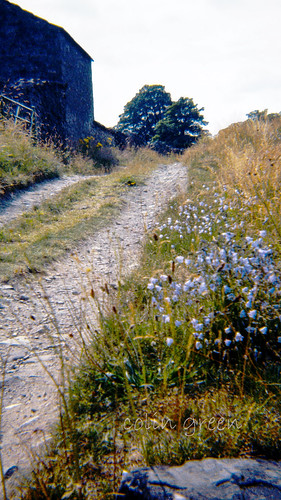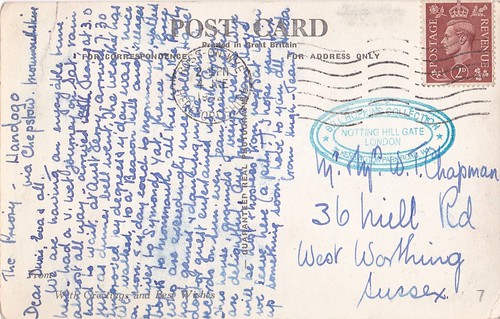Step back in time with me as we journey to North Yorkshire in 1975-1976, through a collection of recently digitized 35mm slides. These aren't just old photographs; they're windows into a bygone era, capturing the essence of the landscape and a touch of personal history.
The first three images in this series transport us to the serene and stunning Fountains Abbey, taken in September 1975. For those unfamiliar, Fountains Abbey isn't just any ruin; it's a magnificent Cistercian Monastery with a rich and extensive past. It was founded in 1132 and thrived for centuries until its dissolution in 1539 under the reign of Henry VIII, a pivotal moment in English history that dramatically reshaped the religious landscape.
Nestled just a few miles southwest of the charming city of Ripon, North Yorkshire, Fountains Abbey today stands as a testament to medieval grandeur and architectural prowess, even in its ruined state. These slides offer a unique perspective, showcasing how visitors experienced this historic site nearly five decades ago.
These two pictures, taken in August 1976, offer a fascinating window into the tiny hamlet of Booze, nestled in the heart of North Yorkshire. Back then, as in centuries past, the rhythm of life in Booze was dictated by the land – specifically, by farming and mining.
The surrounding area was rich in natural resources, with chert, lead, and slate all extensively mined nearby. These industries would have shaped the landscape, the community, and the daily lives of the people who called Booze home.
However, the history of Booze is also marked by tragedy. The hamlet was profoundly impacted by a devastating mining disaster in the late 18th century. In a horrific turn of events, 24 men and 2 ponies lost their lives when a mining operation inadvertently blasted into an underground lake. A staggering 18 of those men were from Booze, a loss that would have crippled such a small community and left an indelible scar on its collective memory.
These photographs, though taken almost 50 years ago, serve as a poignant reminder of Booze's unique heritage – a place where the beauty of the North Yorkshire landscape intertwines with a rich, yet often harsh, industrial past. They invite us to reflect on the lives of those who worked the land and braved the dangers of the mines, contributing to the fabric of this resilient corner of England.

Nestled within the breathtaking Yorkshire Dales National Park, Langthwaite holds a unique position as one of its most northerly settlements. What makes this village particularly stand out in the Dales is its unusual concentration of dwellings. Unlike many of the more spread-out farmsteads and hamlets typical of the area, Langthwaite boasts a closer-knit collection of homes, giving it a distinct character.
The upcoming pictures offer a rare snapshot of daily life in this picturesque corner of Yorkshire nearly five decades ago. Join us as we journey back to a simpler time and appreciate the enduring beauty of Langthwaite.


There's something truly special about stumbling upon a vibrant bloom, especially when it's unexpected. Recently, we captured a delightful moment in a Grassington garden, featuring a stunning Amaryllis plant in full flower.
While many associate Amaryllis with the festive cheer of winter holidays, these magnificent plants can grace us with their spectacular blossoms at various times of the year, depending on the specific variety and growing conditions. The one we spotted in Grassington was a true showstopper, its bold, trumpet-shaped flowers adding a brilliant splash of color to the lush garden setting.
It's a wonderful reminder of the diverse beauty that can be found in even the most tranquil of gardens. The vibrant hues of the Amaryllis stood out, a testament to nature's artistry.


























































